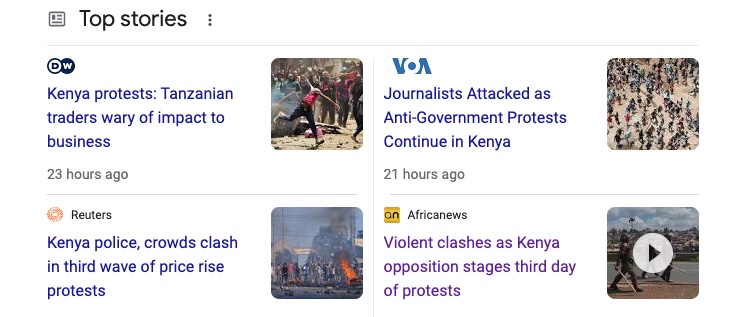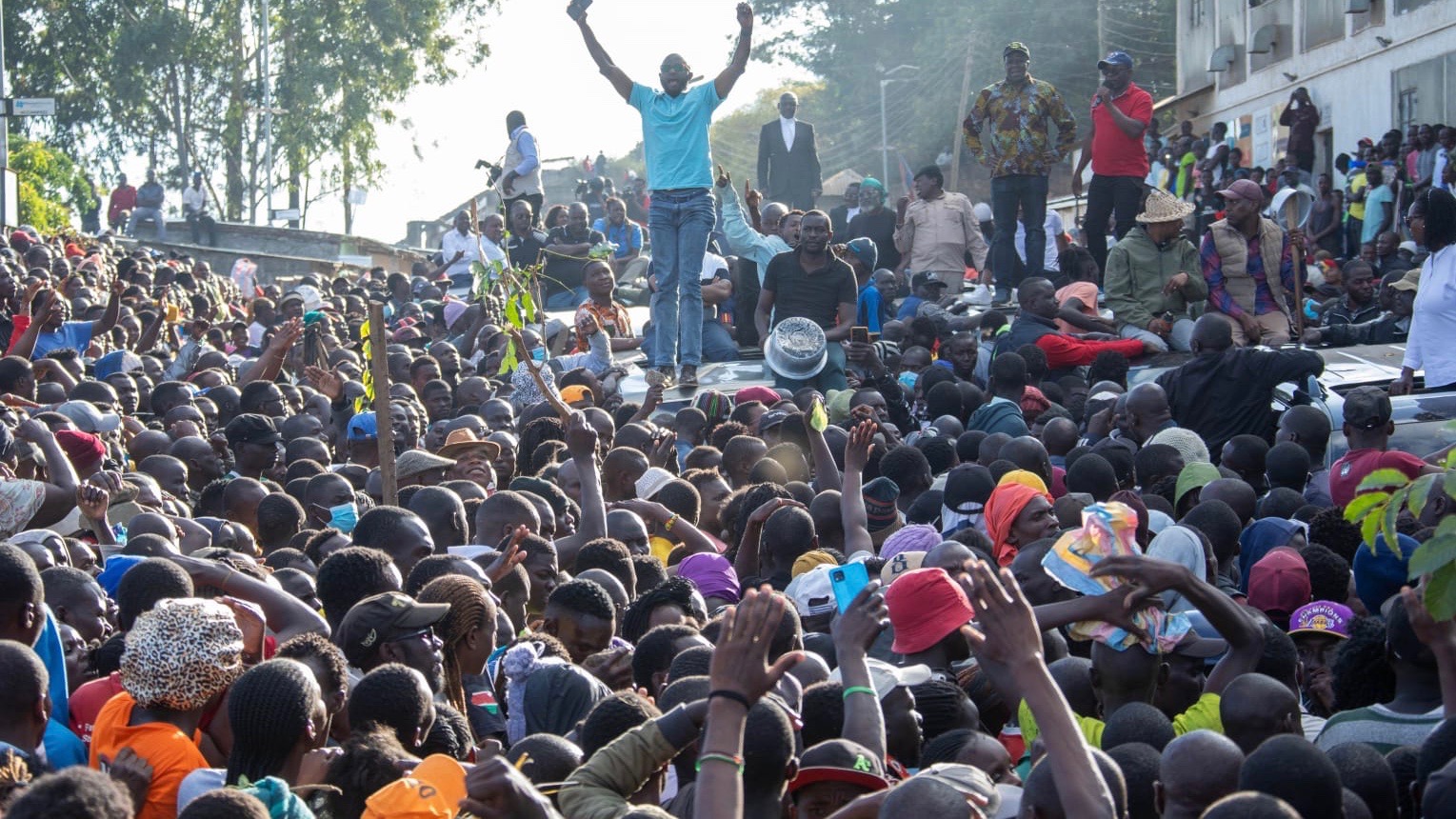
A Google search for demonstrations in Kenya shows captions from news organizations covering the opposition protests against the government in Kenya. April 1, 2023
“We shall now hold protests every Monday and every Thursday beginning next week,” said Raila Odinga, opposition party leader who lost to President William Ruto in Kenya’s last presidential elections.
A foreign source covering the recent Kenyan demonstrations said Kenyans are angry Ruto lied to them. Police arrested over 200 people during a March 20 protest organized by Odinga.
One person is reported dead and others are injured in the aftermath. In an ironic twist, the protest about the cost of living has cost Kenyans a revenue loss of 40 million in the capital, Nairobi.
In a previous post, I covered the Kenya elections and how democracy prevailed. A key grievance for the opposition is that they had won the contested elections. However, after going to court, Ruto’s win was upheld. This might seem like a biased perspective on the situation. However, the opposition in Kenya has contested every election since 2007.
What is Happening?
The current Kenyan struggles are due to infrastructure spending, a ballooning wage bill, loan repayments, and failure to meet revenue collection quotas. All this translates into a rise in the cost of living and increased taxes.
Kenya’s external debt was $31 billion in 2018. By 2021 the debt stood at $41 billion. In March 2018, the opposition leader Odinga and then President Uhuru Kenyatta, through a handshake, agreed to work together. The handshake proves the current President, William Ruto, and the former presidents, Kenyatta, and Odinga were once in government.
However, during the period when they were in leadership, Kenya’s foreign debt rose by around $10 billion. The question now is: if the debt came about because of previous government spending, who is responsible for it?
How the Media is Reporting the Demonstrations
The coverage of the demonstrations appears to be fair. The Times of India wrote an excellent article highlighting the causes of the crisis. It said the leading cause was debt.
However, in the articles, the images accompanying the analysis were selected from another African country, Nigeria. I wonder why this was so when the focus was on Kenya, not Nigeria.
An image of protests would have been excusable. The image is of a woman in the Makoko floating slum in Lagos Nigeria.
They say a picture is worth a thousand words which a person viewing the article would assume is a Kenyan image. Even more puzzling is that the image is captioned and properly labeled. The question however remains, why use an image of a certain country to report the news of another region?

